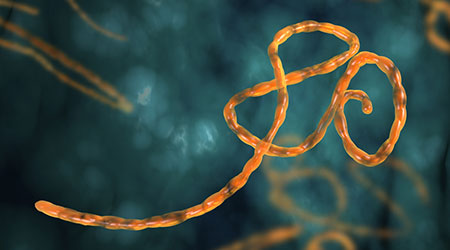Kansas State University researchers say their new risk assessment model for Ebola transmission predicted its spread into the Republic of Uganda, according to an article on the Infection Control Today website.
The model combines data of people's constant contacts — such as family members and co-workers — with their temporary contacts — such as people in a market or encountered during travel.
The researchers say the model should be used as a risk assessment tool to prepare and distribute resources, but it also has been accurate thus far regarding the movement of Ebola from the Democratic Republic of Congo into Uganda.
According to the study, network models used for highly infectious disease risk assessment must be able to anticipate changes in human-to-human contacts — unlike many other models, which are based mainly on constant contacts and constant movement flows.

 UF Health Hospitals Rely on Green Globes to Realize Their Full Potential
UF Health Hospitals Rely on Green Globes to Realize Their Full Potential How Healthcare Facilities Can Be Truly Disaster-Resilient
How Healthcare Facilities Can Be Truly Disaster-Resilient TriasMD Breaks Ground on DISC Surgery Center for San Fernando Valley
TriasMD Breaks Ground on DISC Surgery Center for San Fernando Valley Bigfork Valley Hospital Falls Victim to Data Breach
Bigfork Valley Hospital Falls Victim to Data Breach AI-Driven Facilities: Strategic Planning and Cost Management
AI-Driven Facilities: Strategic Planning and Cost Management